Richard Hollis at Gallery Libby Sellers, London
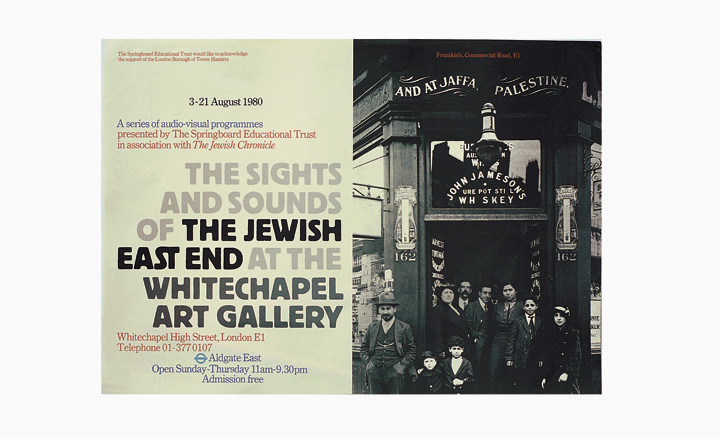
Graphic designer Richard Hollis's seminal book 'Graphic Design: a concise history' was hugely influential when it was published back in 1994. The fact that it is still an essential point of reference for students, designers and historians today is proof of its staying power. The 78-year-old London-born Hollis, who is described by exhibition curator Emily King as 'the graphic designer's graphic designer' masterfully integrates text and pictures in his work to succintly shape thought. But, despite his significant graphic design career, not much is known about him outside the industry.
Shedding a bit more light on the professional life of the man who has always preferred to downplay his achievements is an exhibition at Gallery Libby Sellers. Spanning four decades, starting from the 1950s, the retrospective presents 200 items drawn from Hollis's archive.
Skillfully designed by London-based architect Simon Jones, the show draws on everything from Hollis's travels in the 1950s and 1960s, and his part in founding a new School of Design at University of the West of England in Bristol in 1964, to his design involvement in radical British politics - namely his collaboration with New Society magazine - in the 1960s and 1970s.
Lauded for not only for his writings but for his work with artists such as Bridget Riley and Steve McQueen, Hollis's mantra of creating 'intelligent graphic design' is particularly exemplified in his book design for art critic John Berger's BBC TV series 'Ways of Seeing'. Hollis introduced a revolutionary (if at the time controversial) method for combining word and image in a way that was responsive to the text. Noteworthy too, was his two-decade involvement with the Whitechapel Gallery, begun in the late 1960s, for which he produced countless memorable posters, flyers and catalogues.
Gallery Libby Sellers's offering hones in on the extent of Hollis's influence by presenting a holistic view of his work, which also touches on the personal collages he made in the 1950s and the recent graphic framework he developed for Steve McQueen's 'For Queen and Country'.
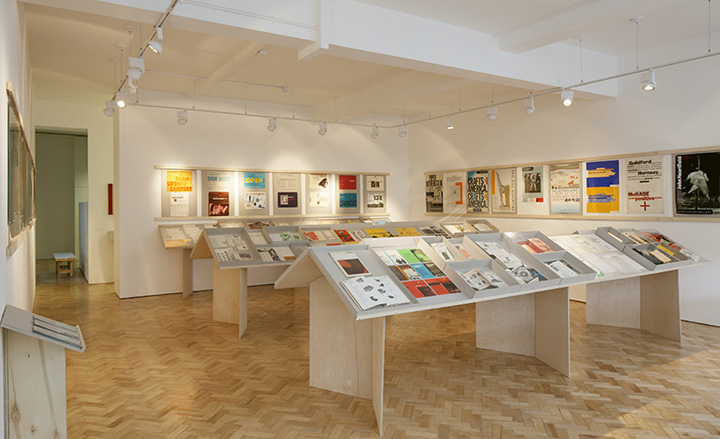
The current exhibition at Gallery Libby Sellers showcases graphic designer Richard Hollis's professional life. Spanning four decades from the 1950s, the retrospective presents over 200 pieces drawn from Hollis's archive. Photography: Ed Reeve
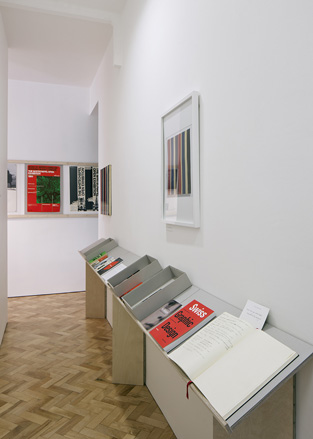
Hollis is known for the masterful way he integrates text and pictures in his work to succintly shape thought. Photography: Ed Reeve

Book design by Richard Hollis for 'The Stagnant Society' by Michael Shanks, published by Penguin Books, London, 1961. Courtesy: Richard Hollis
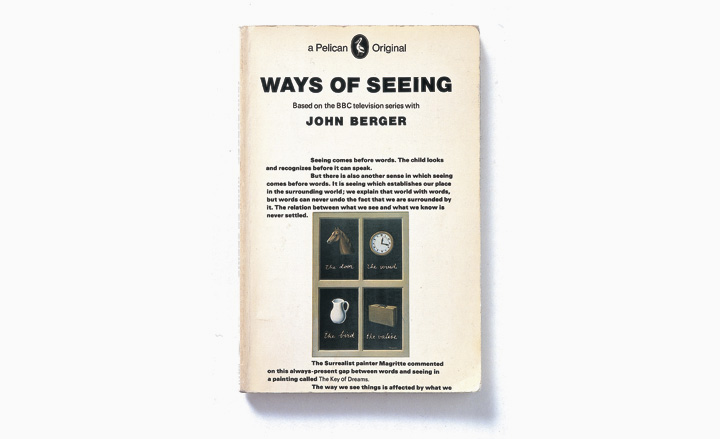
Book design by Richard Hollis for 'Ways of Seeing' by John Berger, published by BBC and Penguin Books, London, 1972. Courtesy: Richard Hollis
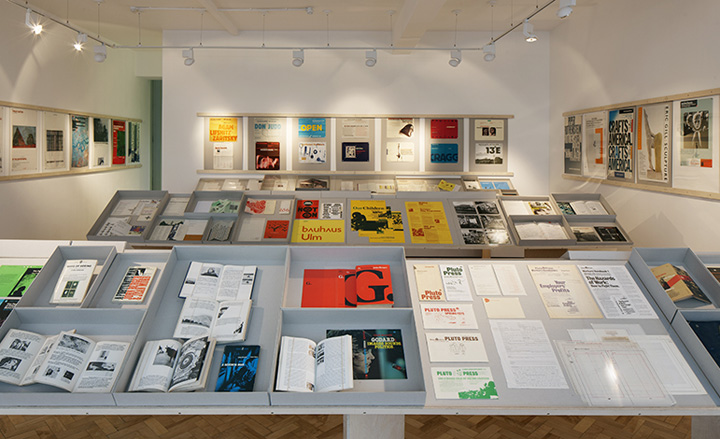
The exhibition, skillfully designed by London-based architect Simon Jones, draws on everything from Hollis's travels and his part in founding a new art school in Bristol in 1964, to his involvement in radical British politics. Photography: Ed Reeve
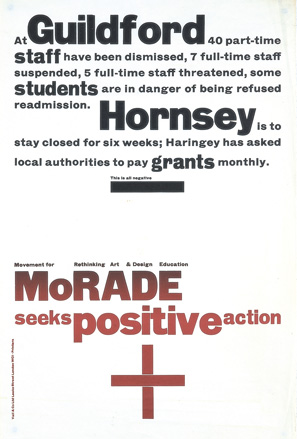
'Movement for Rethinking Art and Design', designed by Richard Hollis, 1968. Courtesy: Richard Hollis
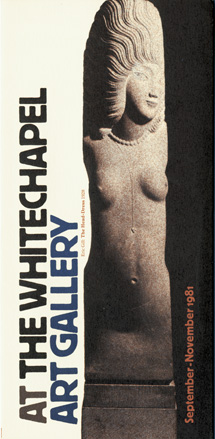
'At The Whitechapel Art Gallery' newssheet, designed by Richard Hollis, 1981
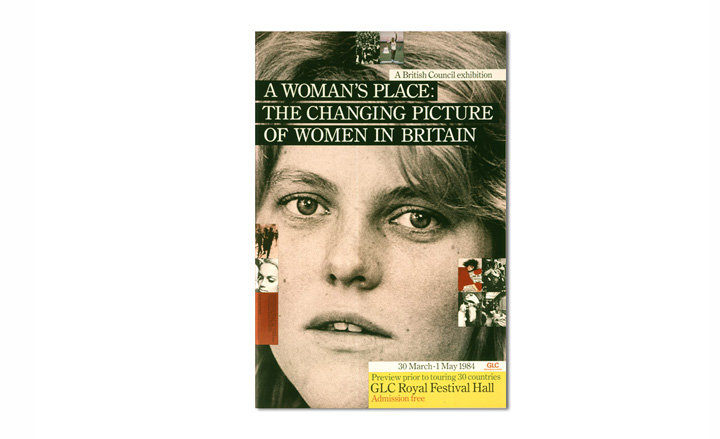
'A Woman's Place: The Changing Picture of Women in Britain', a British Council exhibition, London, designed by Richard Hollis, 1984
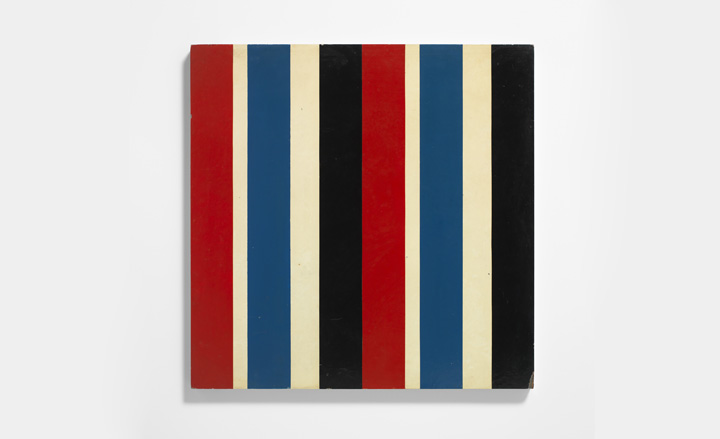
Limited edition photographic print, 'Serial Painting 31323 x 2', by Richard Hollis, 2012 (original painting 1959-1961). Photography: Ed Park
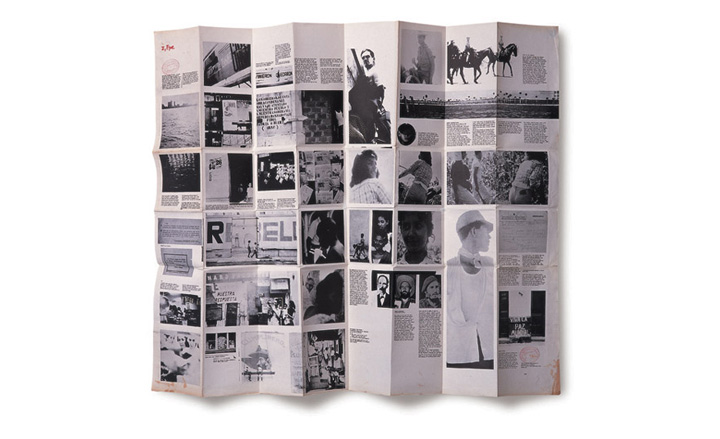
'I, Eye' by Richard Hollis, 1962
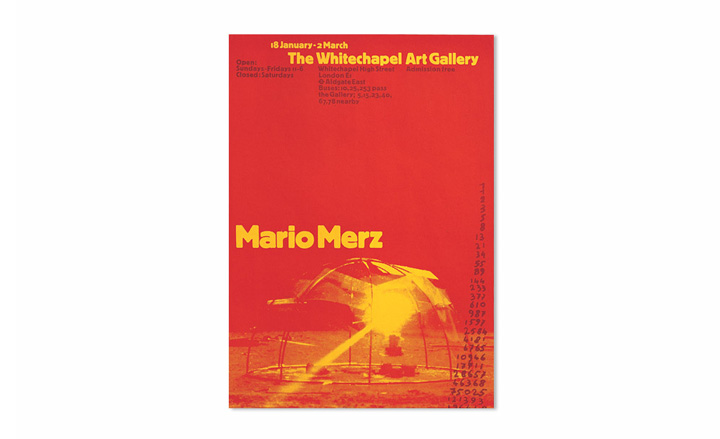
'Mario Merz' at the Whitechapel Art Gallery, London, designed by Richard Hollis
ADDRESS
41-42 Berners Street
London W1T 3NB
Wallpaper* Newsletter
Receive our daily digest of inspiration, escapism and design stories from around the world direct to your inbox.
-
 Warp Records announces its first event in over a decade at the Barbican
Warp Records announces its first event in over a decade at the Barbican‘A Warp Happening,' landing 14 June, is guaranteed to be an epic day out
By Tianna Williams
-
 Cure your ‘beauty burnout’ with Kindred Black’s artisanal glassware
Cure your ‘beauty burnout’ with Kindred Black’s artisanal glasswareDoes a cure for ‘beauty burnout’ lie in bespoke design? The founders of Kindred Black think so. Here, they talk Wallpaper* through the brand’s latest made-to-order venture
By India Birgitta Jarvis
-
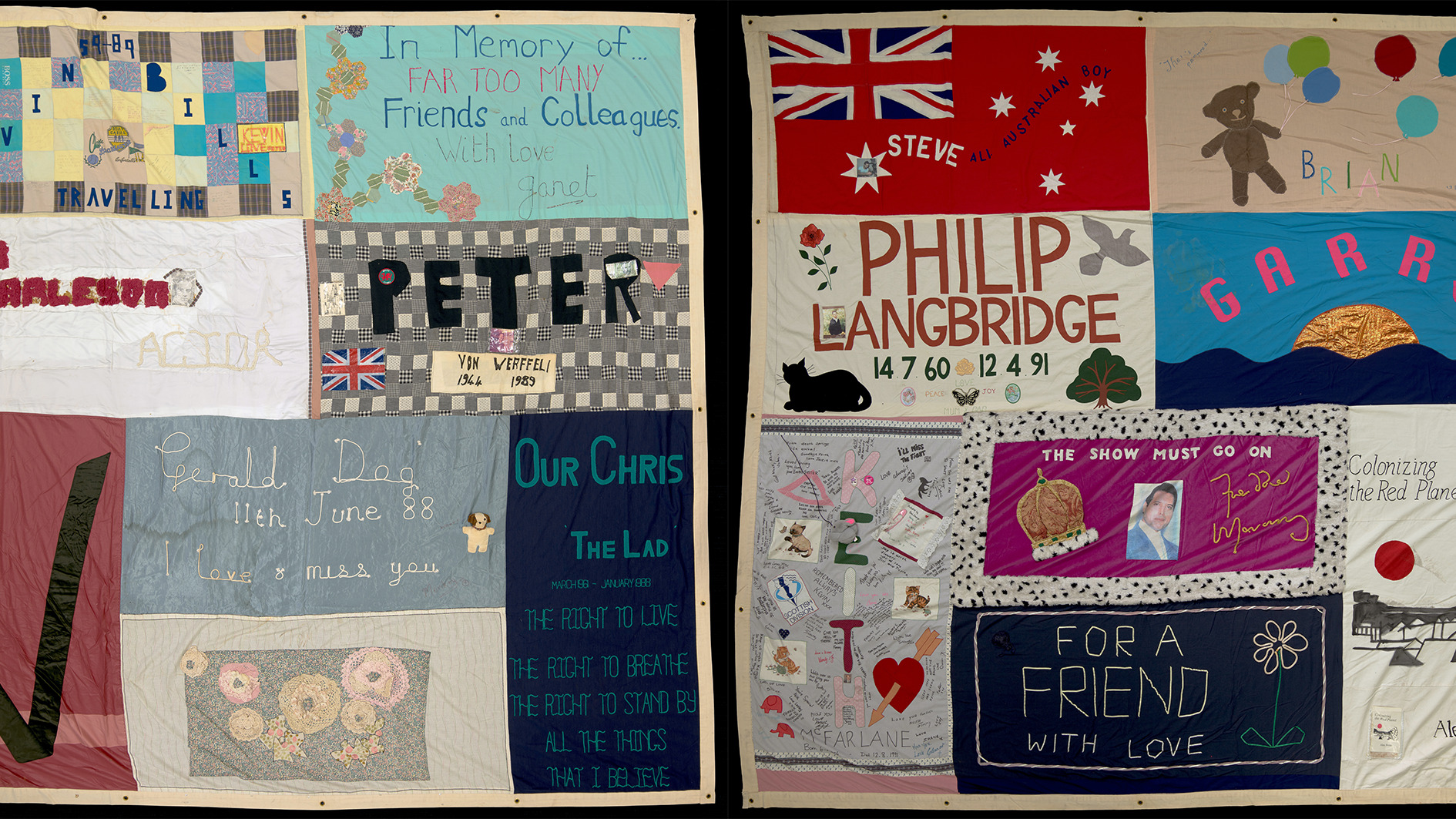 The UK AIDS Memorial Quilt will be shown at Tate Modern
The UK AIDS Memorial Quilt will be shown at Tate ModernThe 42-panel quilt, which commemorates those affected by HIV and AIDS, will be displayed in Tate Modern’s Turbine Hall in June 2025
By Anna Solomon
-
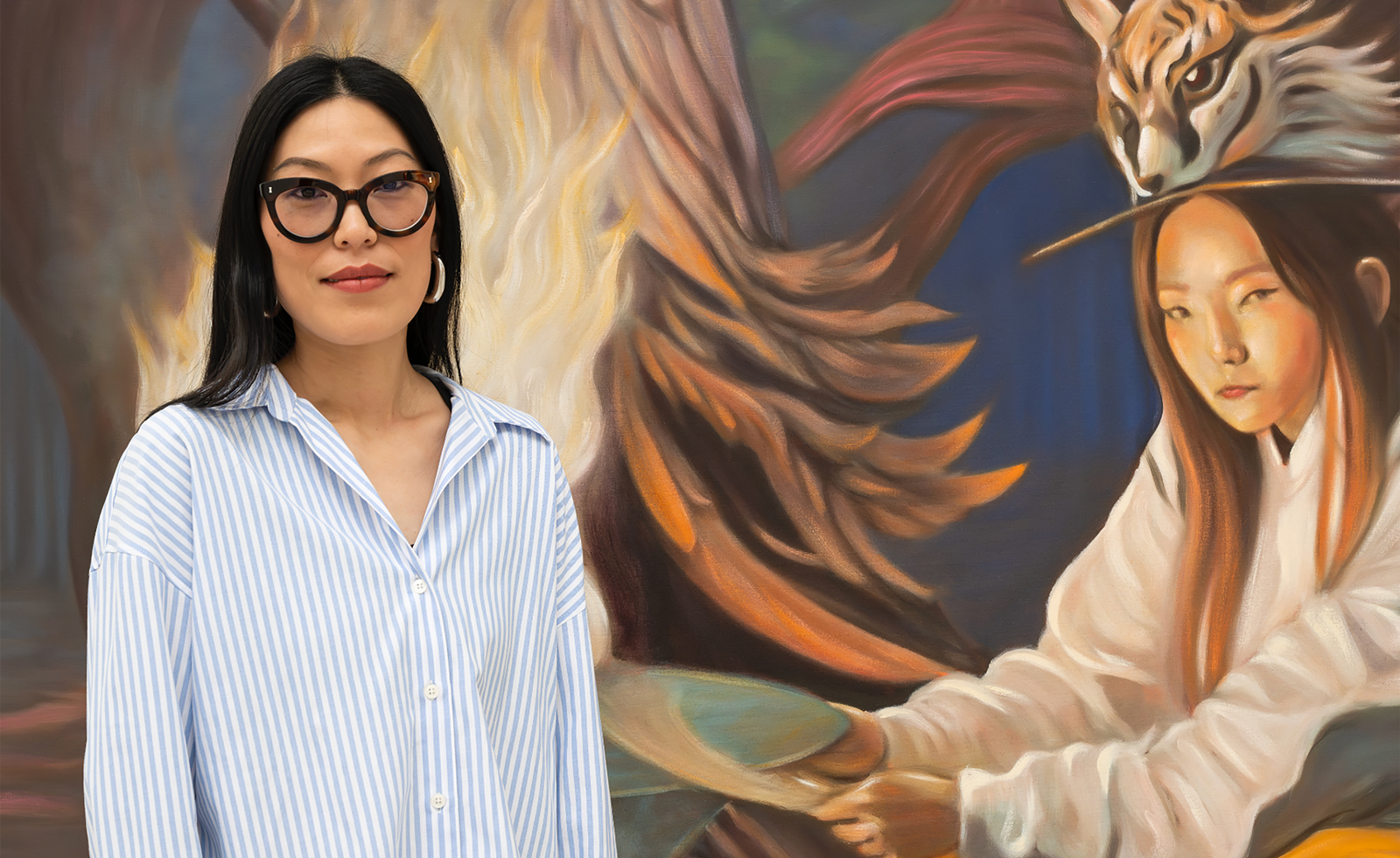 Meet the Turner Prize 2025 shortlisted artists
Meet the Turner Prize 2025 shortlisted artistsNnena Kalu, Rene Matić, Mohammed Sami and Zadie Xa are in the running for the Turner Prize 2025 – here they are with their work
By Hannah Silver
-
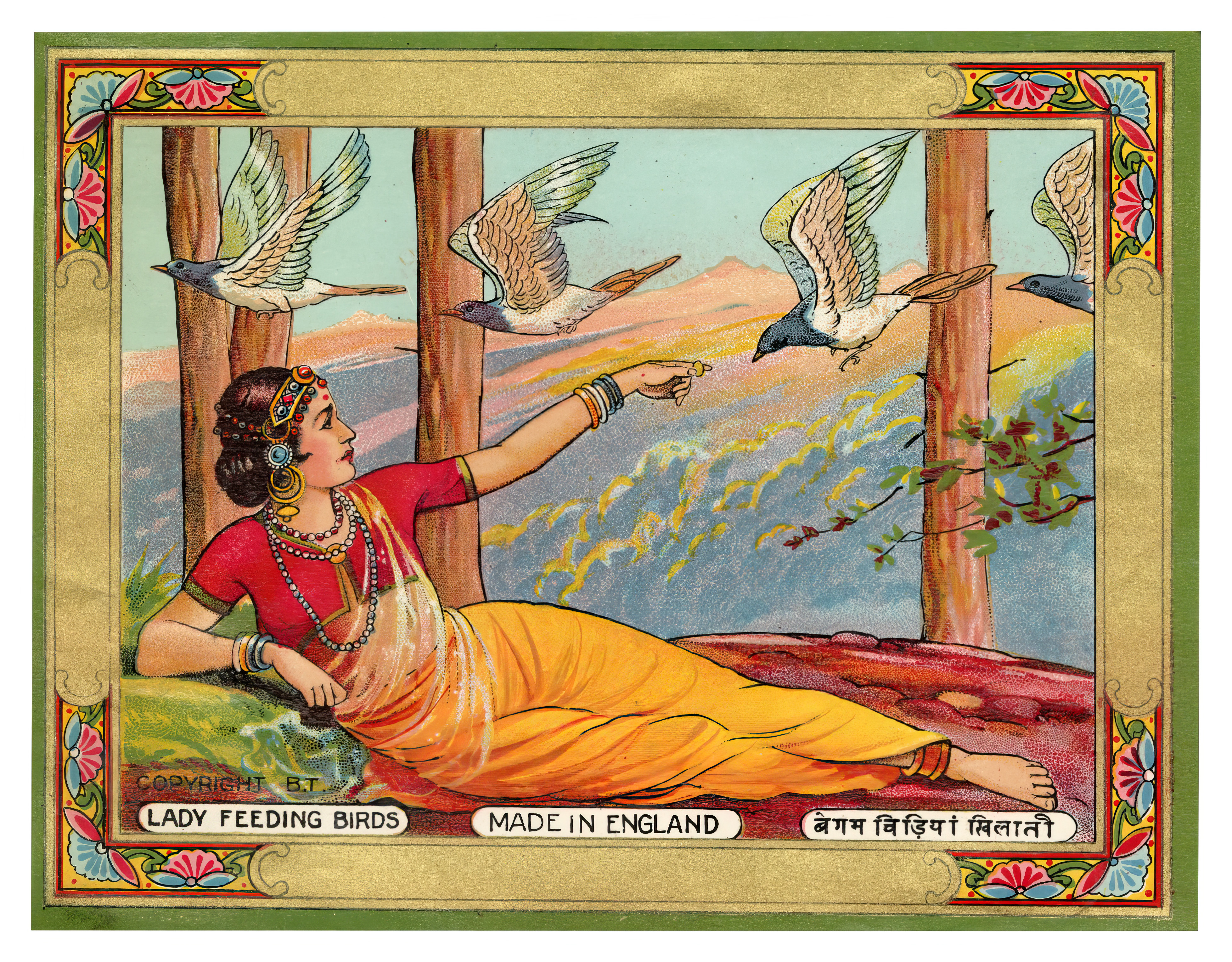 The art of the textile label: how British mill-made cloth sold itself to Indian buyers
The art of the textile label: how British mill-made cloth sold itself to Indian buyersAn exhibition of Indo-British textile labels at the Museum of Art & Photography (MAP) in Bengaluru is a journey through colonial desire and the design of mass persuasion
By Aastha D
-
 From counter-culture to Northern Soul, these photos chart an intimate history of working-class Britain
From counter-culture to Northern Soul, these photos chart an intimate history of working-class Britain‘After the End of History: British Working Class Photography 1989 – 2024’ is at Edinburgh gallery Stills
By Tianna Williams
-
 Surrealism as feminist resistance: artists against fascism in Leeds
Surrealism as feminist resistance: artists against fascism in Leeds‘The Traumatic Surreal’ at the Henry Moore Institute, unpacks the generational trauma left by Nazism for postwar women
By Katie Tobin
-
 From activism and capitalism to club culture and subculture, a new exhibition offers a snapshot of 1980s Britain
From activism and capitalism to club culture and subculture, a new exhibition offers a snapshot of 1980s BritainThe turbulence of a colourful decade, as seen through the lens of a diverse community of photographers, collectives and publications, is on show at Tate Britain until May 2025
By Anne Soward
-
 Jasleen Kaur wins the Turner Prize 2024
Jasleen Kaur wins the Turner Prize 2024Jasleen Kaur has won the Turner Prize 2024, recognised for her work which reflects upon everyday objects
By Hannah Silver
-
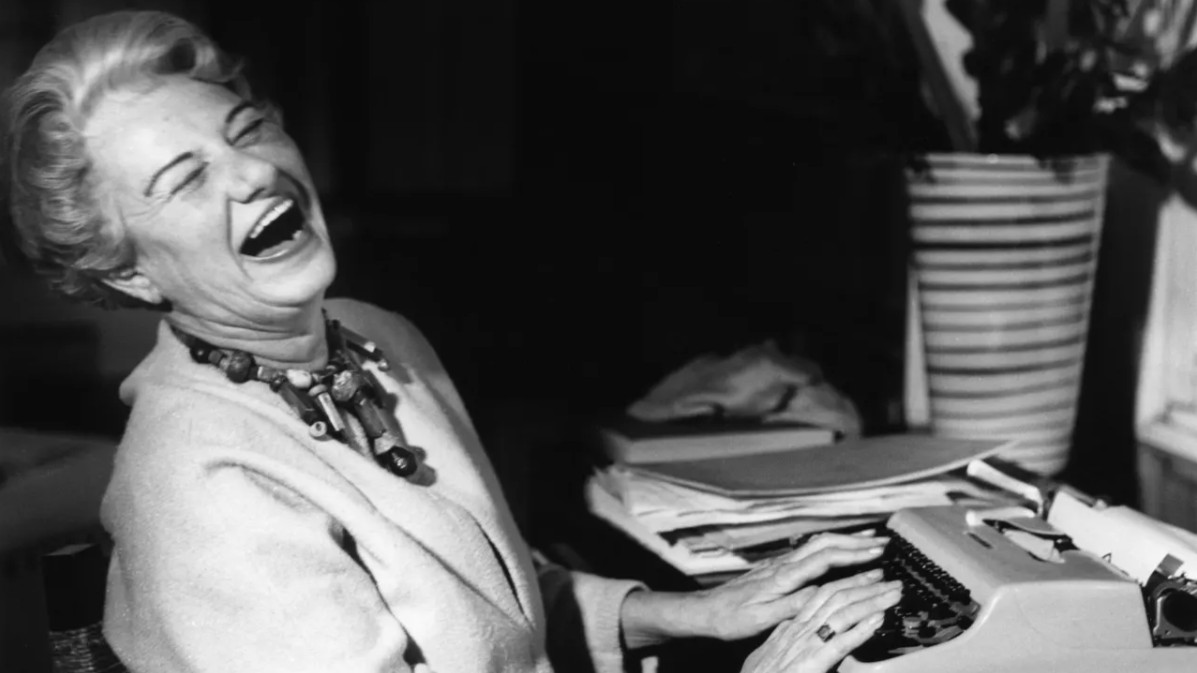 Peggy Guggenheim: ‘My motto was “Buy a picture a day” and I lived up to it’
Peggy Guggenheim: ‘My motto was “Buy a picture a day” and I lived up to it’Five years spent at her Sussex country retreat inspired Peggy Guggenheim to reframe her future, kickstarting one of the most thrilling modern-art collections in history
By Caragh McKay
-
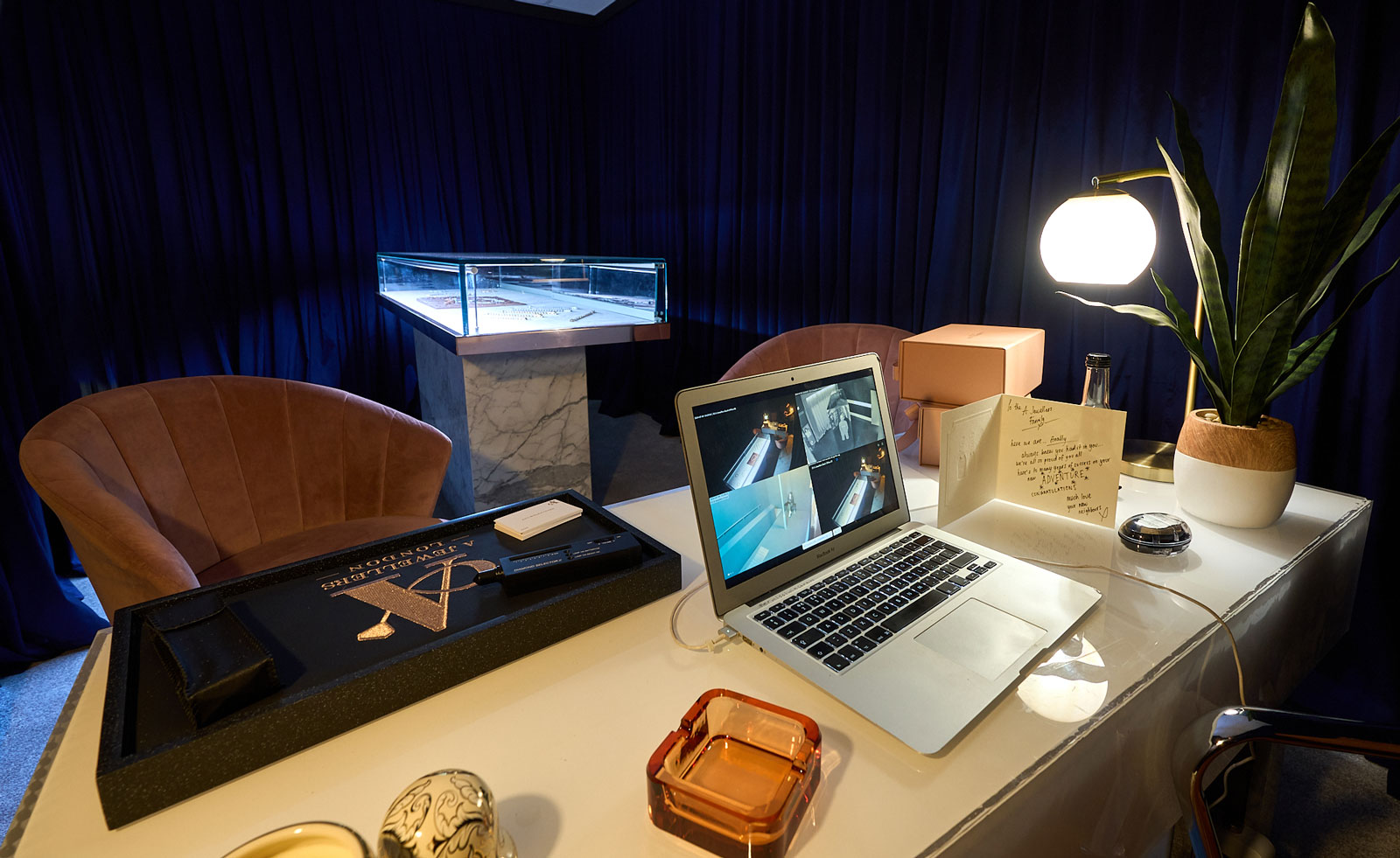 Please do touch the art: enter R.I.P. Germain’s underground world in Liverpool
Please do touch the art: enter R.I.P. Germain’s underground world in LiverpoolR.I.P. Germain’s ‘After GOD, Dudus Comes Next!’ is an immersive installation at FACT Liverpool
By Will Jennings